Locations
601 to 624 of 5438 results
-
Waddenzee-Expedities
Waddenzee-Expedities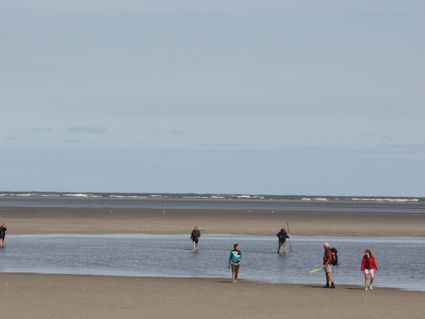 Metslawier
Metslawier
from your location
-
Information point Lemmer (Ir. D.F. Woudagemaal)
Information point Lemmer (Ir. D.F. Woudagemaal)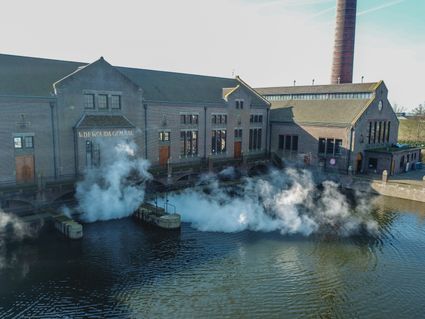 Lemmer
Lemmer
from your location
-
Sanzi Yacht Charter - Why not
Sanzi Yacht Charter - Why not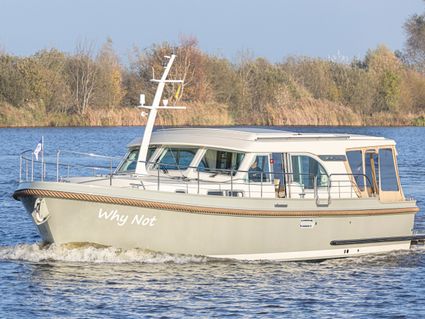 Sneek
Sneek
Direct boekbaar
from your location
-
Monument 'Dead Seafarers'
Monument 'Dead Seafarers'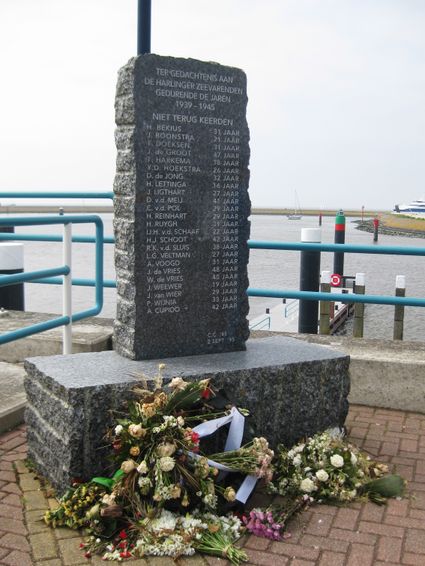 Harlingen
Harlingen
from your location
-
Rommelhaven 26b
Rommelhaven 26b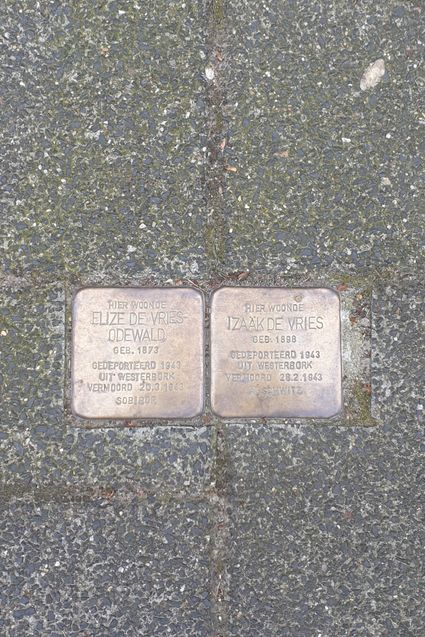 Harlingen
Harlingen
from your location
-
Lutz Watervilla's
Lutz Watervilla's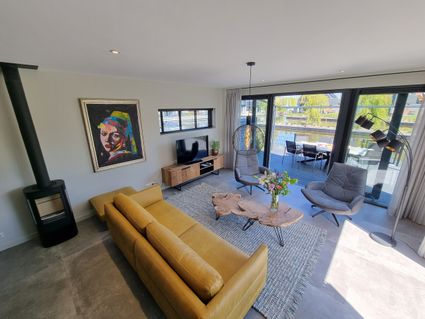 Balk
Balk
Direct boekbaar
from your location
-
Pieter Stuyvesantkerk
Pieter Stuyvesantkerk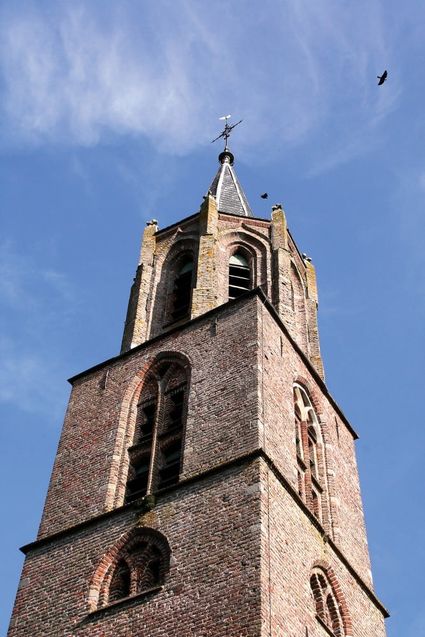 Peperga
Peperga
from your location
-
Bauck Coninxsteeg
Bauck Coninxsteeg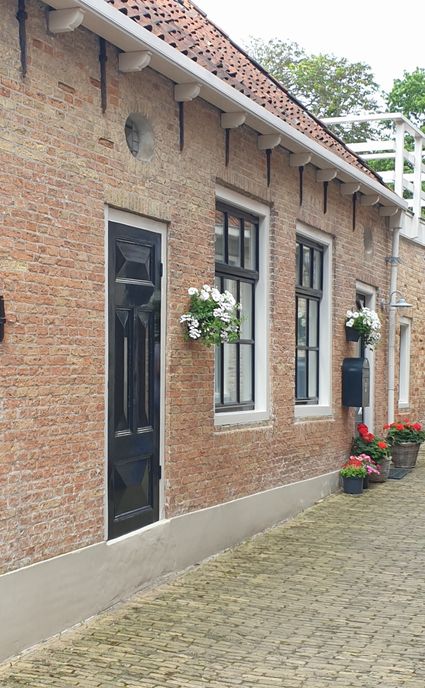 Harlingen
Harlingen
from your location
-
Borstbeeld Eise Jeltes Eisinga
Borstbeeld Eise Jeltes Eisinga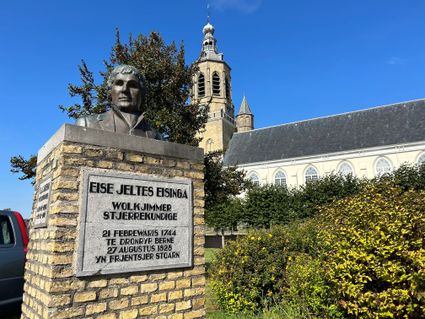 Dronryp
Dronryp
from your location
-
Execution of ten Dutch collaborators near Oldeberkoop
Execution of ten Dutch collaborators near Oldeberkoop
On the afternoon of 12 April, Oldeberkoop was liberated by "D" Squadron of the Royal Canadian Dragoons. Later that day, they established a temporary headquarters in the village. The movements of "D" squadron were coordinated from the headquarters. This was also the place where prisoner of war from the immediate surroundings were gathered.
These prisoners of war were often Germans, but sometimes also Dutch who served voluntarily in the Waffen-SS, the NSKK (a paramilitary section of the Nazi party NSDAP) or the Dutch Landwacht. On this 12th of April, ten of these collaborators were brought into the encampment in Oldeberkoop amid great interest. Hatred of people who fought with or for the Germans was strong among most of the Dutch population. A resident of Oldeberkoop described the moment the men were brought in:
"The crowd booed and whistled, some spat, and some could not keep their hands off them. One of them got such a blow to the head that hit made his head spin."Not much later, these POWs were taken away again. Presumably with the aim of taking them to a real prison camp in Vledder. But the men would never get there. All ten of them were shot without trial in the Koepelbos just outside Oldeberkoop.
It was long thought that the Canadians were responsible for these unlawful executions. But by 1995, it became clear that Canadian involvement had been minimal. Stories about the involvement of two former resistance fighters were confirmed when one of them confessed to having fired the shots. In addition to himself, a colleague, a Canadian driver and some men who had dug the graves were present at the execution.
The exact reason for the murder of the Dutch collaborators and the exact role of the two Dutchmen and the Canadian have never been fully clarified. There are different accounts of the events leading up to the shooting. On 14 April, the bodies were finally buried in a mass grave on the side of the road. Later they were transferred to the German war cemetery in Ysselsteyn. The names of most of the victims also became known at that time:
Egbert Jan Hommes, Ordnungspolizei
Otto Frikken, Ordnungspolizei
Gerrit Jan Seevinck, Dutch Landwacht
Hendrik Dales, Dutch Landwacht
Heike Ham, Dutch Landwacht
Douwe Jonkman, Dutch Landwacht
Bernard Janssen, Dutch Landwacht
Arnold Pieter Post, Dutch Landwacht
The identities of two men from the Dutch Landwacht could not yet be ascertained.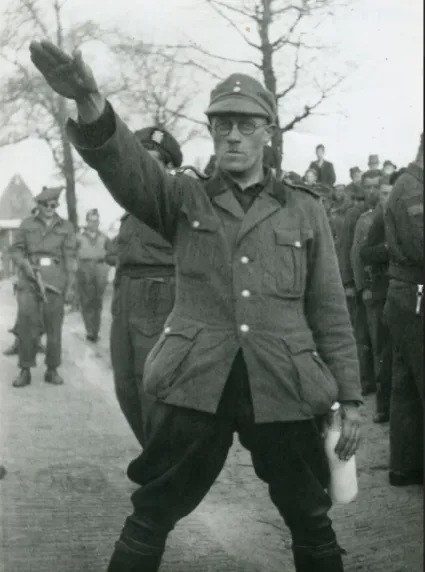 Oldeberkoop
Oldeberkoop
from your location
-
-
Zeilschool Neptunus - het Dorpshuis
Zeilschool Neptunus - het Dorpshuis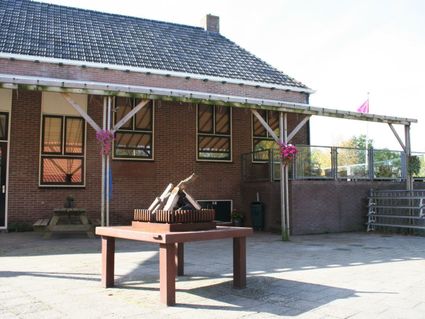 Idskenhuizen
Idskenhuizen
Direct boekbaar
from your location
-
It Djippe Gat (kolk)
It Djippe Gat (kolk)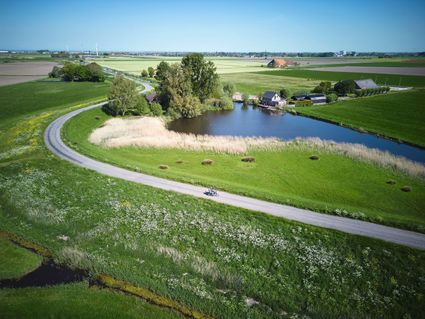 Workum
Workum
from your location
-
Yachtcharter Wetterwille - Nidelv 950 Elva
Yachtcharter Wetterwille - Nidelv 950 Elva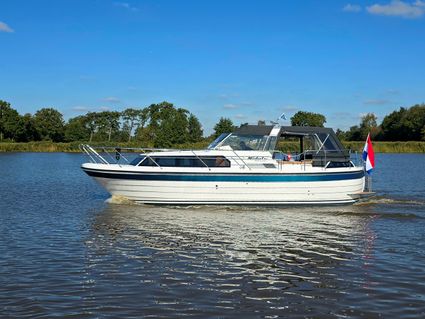 Terherne
Terherne
Direct boekbaar
from your location
-
The Princessehof National Museum of Ceramics
The Princessehof National Museum of Ceramics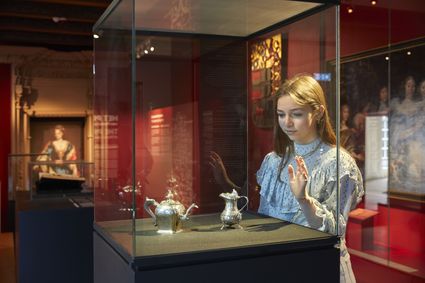 Leeuwarden
Leeuwarden
from your location
-
Menno Simons Monument
Menno Simons Monument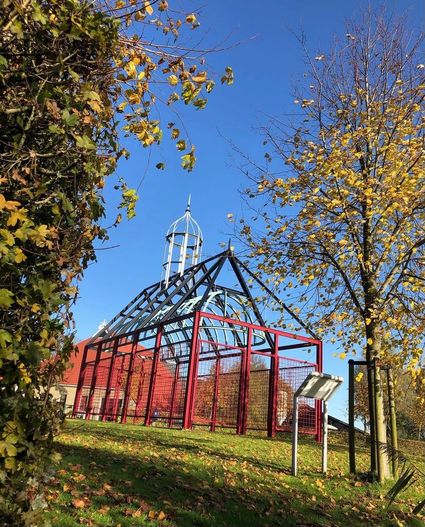 Witmarsum
Witmarsum
from your location
-
Veerpont Vlieland
Veerpont Vlieland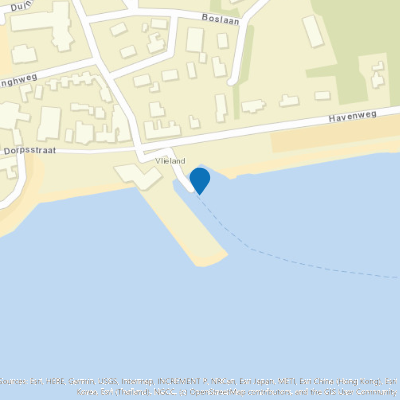 Harlingen
Harlingen
from your location
-
it Dreamlân holiday home
it Dreamlân holiday home Kollumerpomp
Kollumerpomp
from your location
-
Riniastate
Riniastate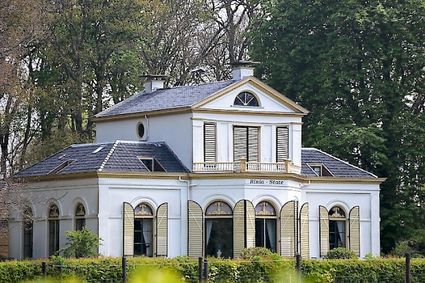 Oudemirdum
Oudemirdum
from your location
-
E-bike oplaadpunt - Eetcafé De Fluessen
E-bike oplaadpunt - Eetcafé De Fluessen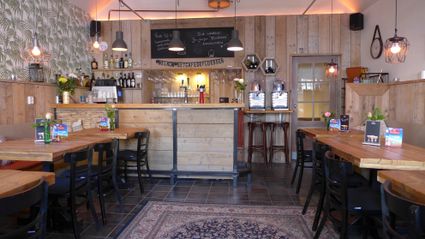 Elahuizen
Elahuizen
from your location
-
Drogeham - De Hege Bulten II
Drogeham - De Hege Bulten II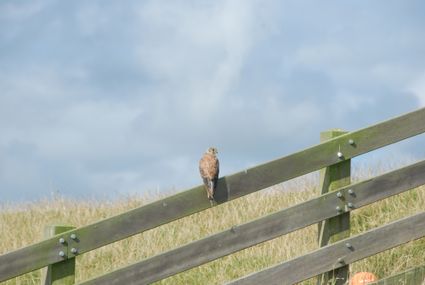 Drogeham
Drogeham
from your location
-
Voormalig klooster Smelne
-


Accept cookies to see this content.
Voormalig klooster Smelne
 Drachten
Drachten
from your location
-
-
Best2Wielers
Best2Wielers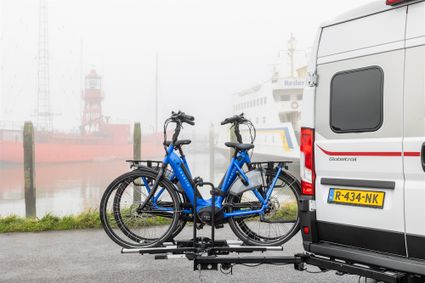 Beesterzwaag
Beesterzwaag
from your location
-
De strijd om Wons, Witmarsum, Zurich, Kornwerd en Pingjum
De strijd om Wons, Witmarsum, Zurich, Kornwerd en Pingjum
Op 16 april was het grootste deel van Friesland bevrijd. Maar enkele belangrijke doelen van de Canadezen waren nog niet bereikt. Zij wilden zo snel mogelijk de Friese havens en de Kop van de Afsluitdijk op de Duitse bezetter veroveren. Maar daarvoor moest nog wel hard gevochten worden. Zowel de havens als de Afsluitdijk werden door Duitse militairen gebruikt om te ontkomen naar Noord-Holland.
Om de Kop van de Afsluitdijk in handen te krijgen moesten eerst de Duitse troepen uit Harlingen worden verjaagd. Op 16 april werd die taak toebedeeld aan de Highland Light Infantry of Canada. Ondersteund door o.a. de tanks van de Sherbooke Fusiliers en de Royal Canadian Artillery gingen zij ’s avonds in de aanval en slaagden erin om de volgende ochtend Harlingen volledig te bevrijden.
Maar er zaten ook nog grote groepen Duitse militairen in de dorpen Makkum, WItmarsum, Wons, Zurich, Kornwerd en Pingjum. En ook die vormden een bedreiging als het offensief richting de Afsluitdijk zou worden ingezet. De Canadezen richtten hun aandacht daarom in eerste instantie op deze dorpen. En zo werden zij net als in de meidagen van 1940 opnieuw het toneel van gevechten.
De infanterie van de Queens Own Rifles of Canada zette samen met een aantal tanks van de Sherbrooke Fusiliers op 16 april de aanval in op Wons. De Duitsers lokten hen in een hinderlaag bij Hayum. Als gevolg daarvan kwamen zes militairen van de Queens Own Rifles om het leven. Toch wisten de Queens Own Rifles, gesteund door de Sherman tanks van de Sherbrooke Fusiliers, later op de dag Witmarsum, Hayum en Wons te bevrijden. Door beschietingen vielen in het Wons drie burgerdoden. Net na middernacht trokken de Queens Own Rifles ook Kornwerd binnen. En later die 17e april werden ook Zurich en Pingjum bevrijd. De strijd bij Pingjum was hevig. Door inzet van artillerie was een groot deel van het dorp in puin geschoten. Daarbij lieten zes inwoners het leven.
Nadat de infanterie van het North Shore Regiment Heerenveen en Bolsward was gepasseerd werd het samen met een eenheid van het Machinegun Battalion Cameron Highlanders of Ottawa naar de omgeving Makkum overgebracht. Op 18 april gingen zij samen met tanks van de Sherbrooke Fusiliers in de aanval. De Canadese artillerie beschoot Duitse posities en enkele wegversperringen. Aan het begin van de avond was Makkum als één van de laatste dorpen in Friesland bevrijd. Zeven inwoners van het dorp kwamen bij de gevechten om het leven waaronder drie evacués. Net als elders in Friesland werden de Canadezen geholpen door verzetslieden van de Nederlandse Binnenlandse Strijdkrachten (N.B.S.). Bij Makkum vielen onder hen meerdere slachtoffers. Op 16 april kwamen Schelte Bruinsma en Simon Sipma om het leven door een aanval op een boerderij waarin Duitsers verschanst zaten. De volgende dag probeerde een andere groep een brug onder Makkum te bezetten. De Duitsers kregen hen echter in de gaten en in het daaropvolgende vuurgevecht sneuvelden Rinnert Anema, Roelof van der Meer en Hendrik Postma.
Nu Makkum, Wons, Zurich, Kornwerd en Pingjum bevrijd waren, maakten de Canadezen zich klaar voor de laatste aanval in Friesland, de aanval op de Kop van de Afsluitdijk.
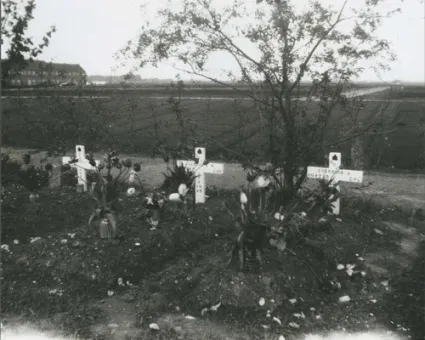 Hayum
Hayum
from your location
-
-
Wadlopen Holwerd
Wadlopen Holwerd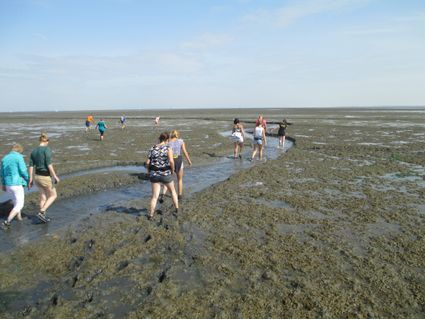 Holwerd
Holwerd
from your location

